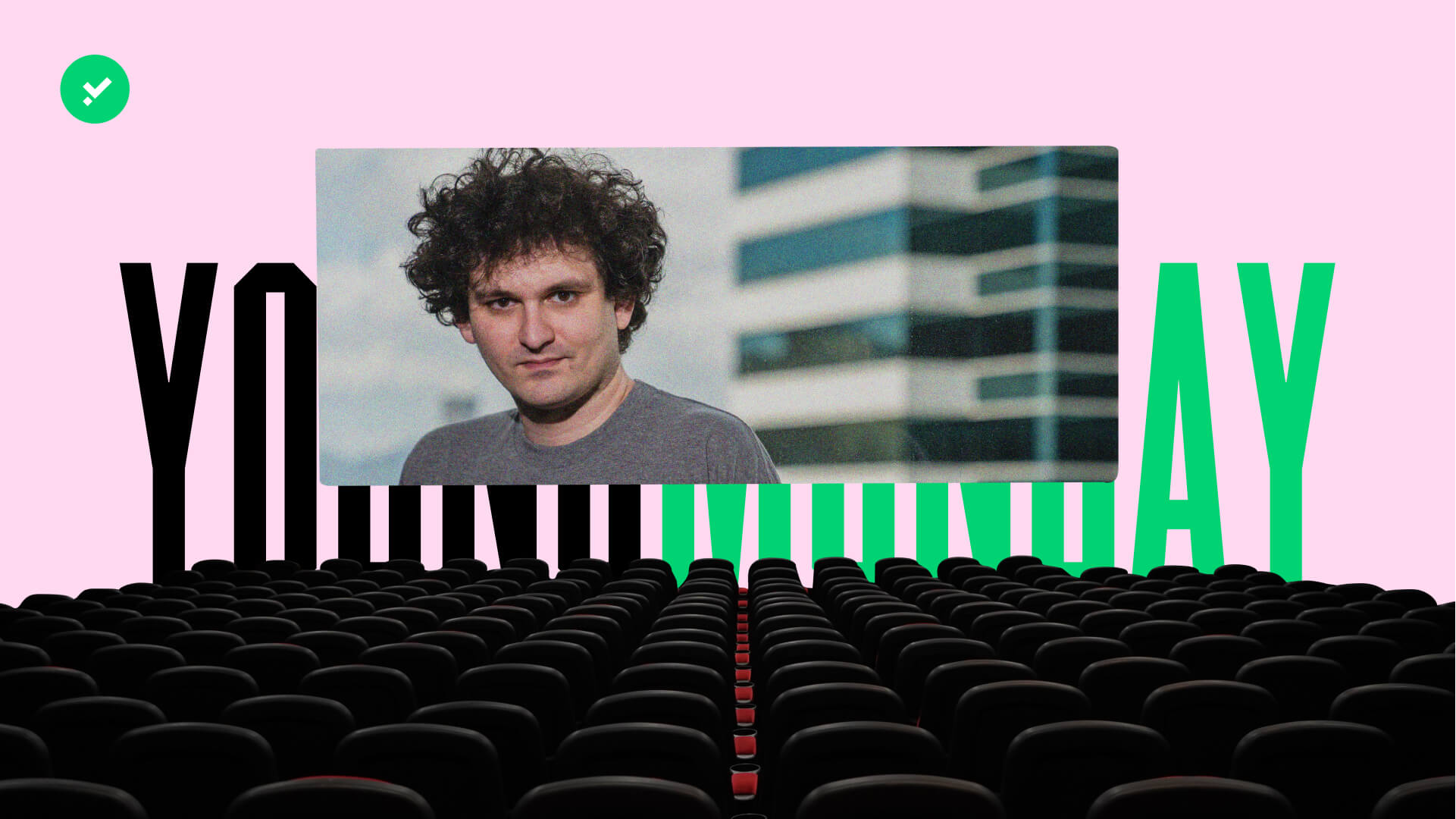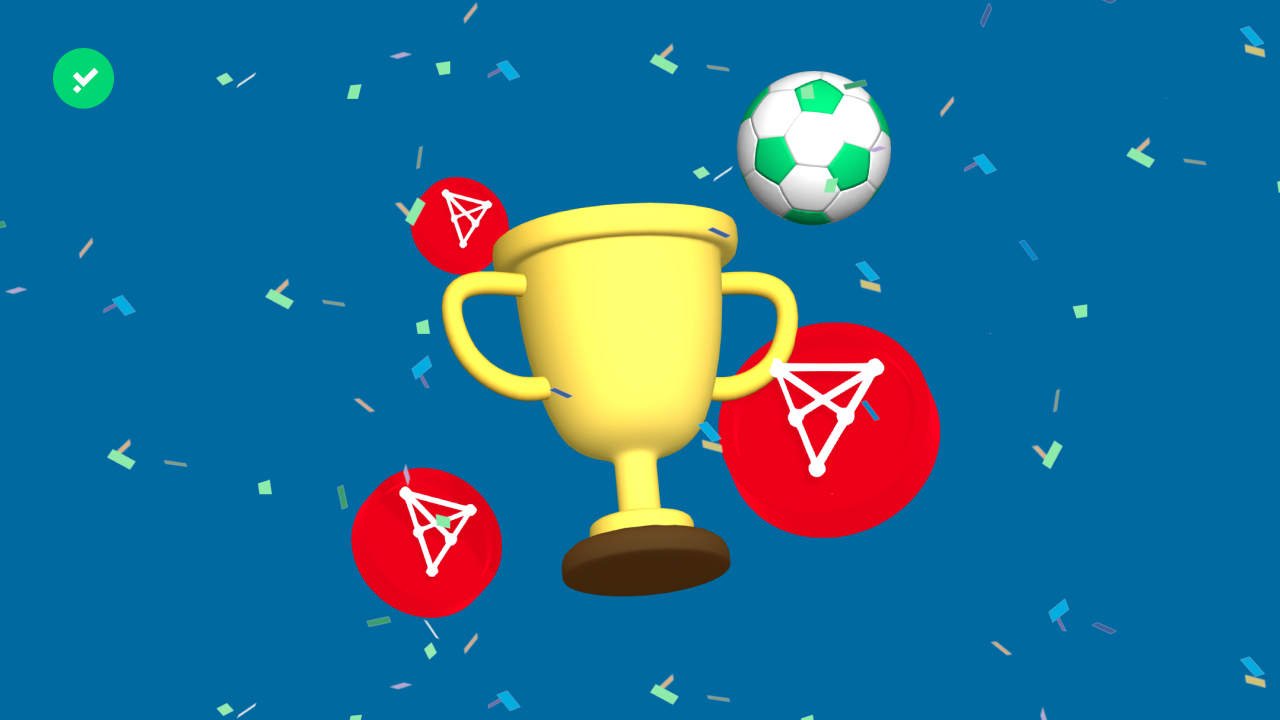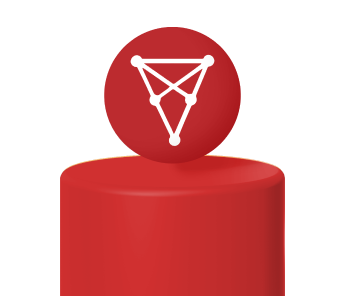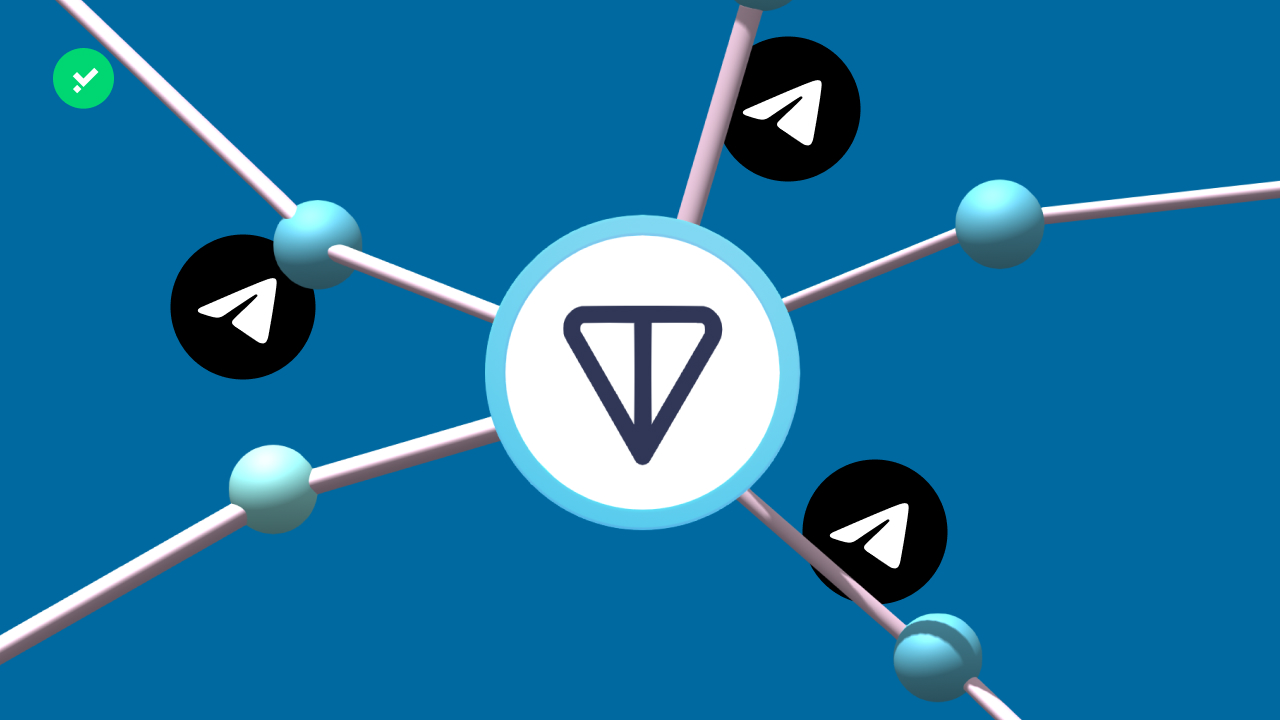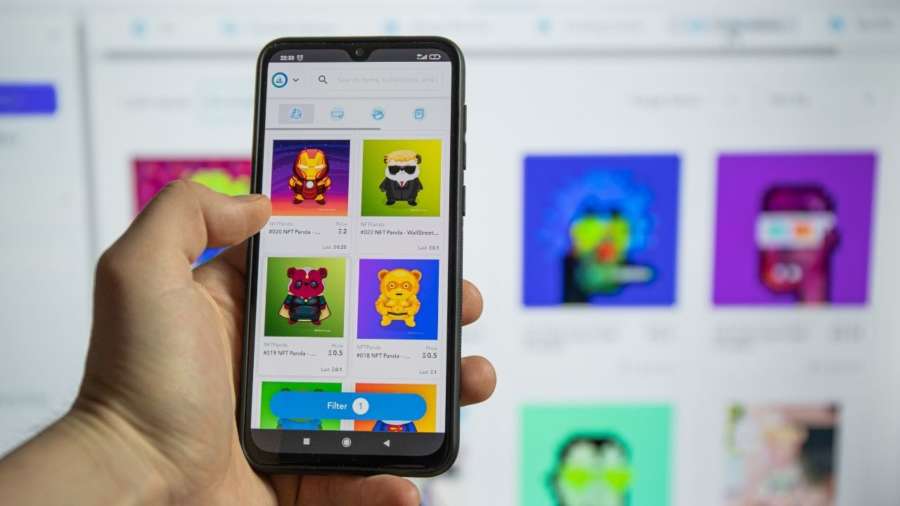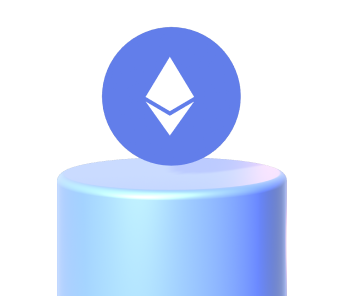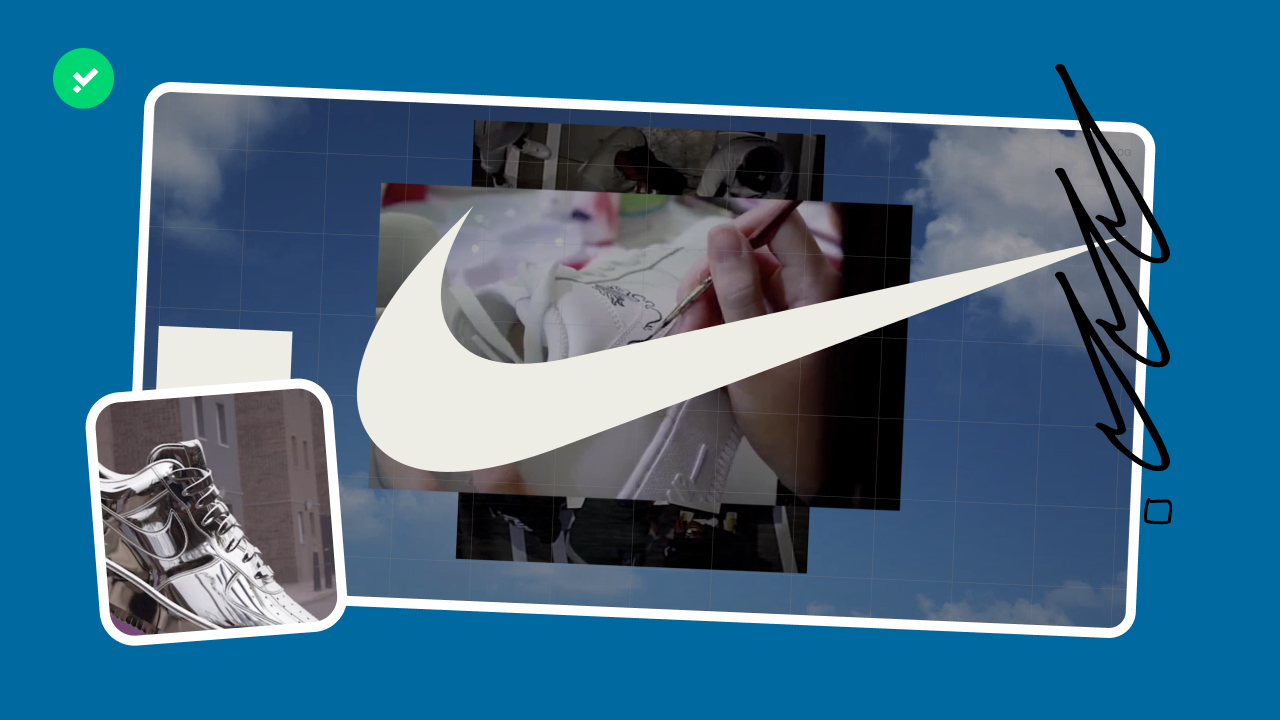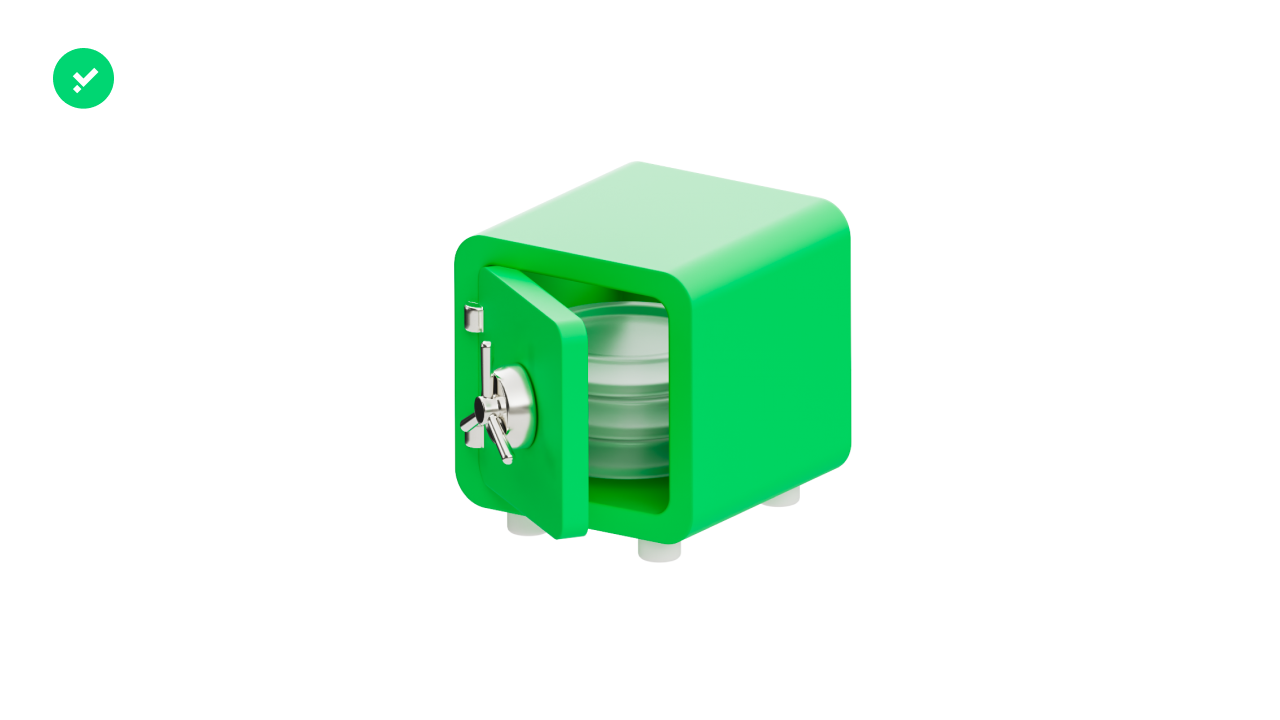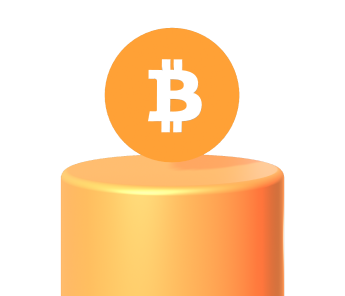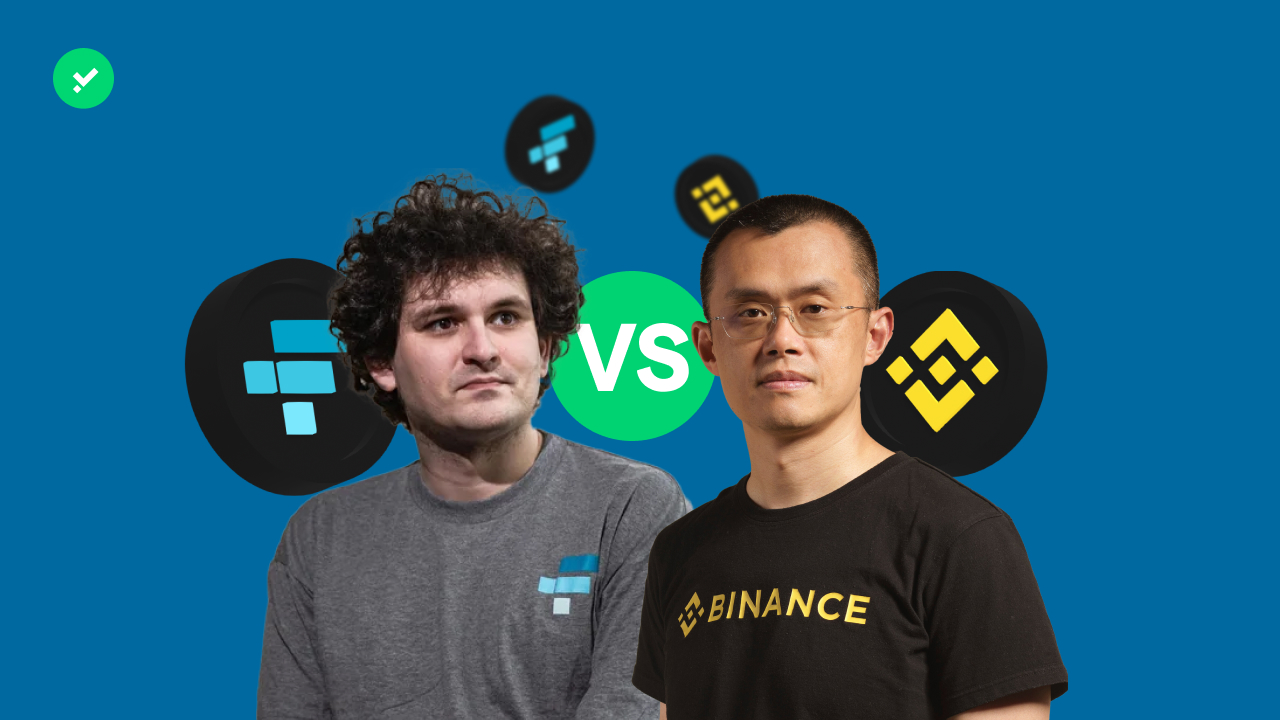Apple is in talks for a film about the FTX crypto exchange, Argentina’s fan token collapses after defeat v. Saudi Arabia, Magic Eden arrives on Polygon!
What’s better than a film that can recount the tumultuous events in the crypto world in recent weeks? Apple knows it well, the Cupertino-based tech company has entered into negotiations with author and journalist Michael Lewis to produce a film about the collapse of the FTX crypto exchange. Amazon also had the same idea. Who will win the rights? But in the crypto sector there is another ‘historic’ event that is taking place : the first football World Cup with fan tokens! National team tokens are proving to be closely linked to the results of matches. As in the case of Argentina’s defeat against Saudi Arabia, who even declared a national holiday to celebrate the victory. Because of this defeat, the fan token of Argentina‘s national team (ARG) plummeted by 30%. Finally, in this edition of Young Monday we will talk about the NFT marketplace Magic Eden and its hat trick! From next month onwards, it will also be integrated on Polygon’s blockchain as well as Solana and Ethereum,
The FTX movie negotiation, Apple wins against Amazon?
Market crashes and the failure of large companies have always inspired filmmakers and storytellers. You must have heard of The Big Short? Come on, the film with Christian Bale, Steve Carell, Ryan Gosling and Margot Robbie about the 2008 subprime mortgage bubble burst. The plot of the film is based on the book The Big Short: Inside the Doomsday Machine by Micheal Lewis. Lewis himself was approached by Apple to make a film about the collapse of FTX and the story of Sam Bankman-Fried.
Michael Lewis would be perfect to tell the story in an investigative film since the journalist has been in contact for about six months with Sam Bankman-Fried, the former CEO of FTX.
According to some tabloids, Apple is not the only company willing to tell the story of Sam Bankman-Fried and his exchange. Amazon Prime also seems to have made a proposal to the two directors Joe and Anthony Russo (those of Avangers Endgame) to produce a series inspired by the event.
In the meantime, memes about the movie, especially those containing predictions about the cast, have been all the rage on social networks. Crypto enthusiasts agree on the actors who should be involved. The most quoted proposal sees Sam Bankman-Fried played by Jonah Hill while Caroline Ellison, former CEO of Alameda Research, by Maisie Williams, the actress who plays Arya Stark in the famous Game of Thrones saga.
Argentina’s fan token collapses after defeat to Saudi Arabia
Is the price of national football team fan tokens linked to the teams’ performance at the 2022 World Cup? After what happened with the Argentine national team’s first match in Qatar, the answer would seem to be yes. The Argentina national team debuted at the 2022 World Cup on Tuesday 11 November with an opaque performance to say the least, losing 2-1 to the lower-rated Saudi Arabia national team.
The decision of the Arab ruler King Salman to call a day of national holiday after the match may makes you realise, even to those who aren’t football fans, the extraordinary nature of what happened. This unexpected result was reflected in the price of the fan token of the Argentine national team, which, after the third whistle, drew a -30% red candle on the chart. The price of ARG went from around $7 to $4.9 at the end of the match.
Triplet for Magic Eden, also arrives on Polygon
Magic Edenis to date the second strongest NFT marketplace by volume. It was created on Solana and is also arriving on Polygon. The NFT marketplace continues its expansion. After the integration of Ethereum in August 2022, it is now also arriving on Polygon. For the occasion, a new version of the NFT marketplace for Polygon will be launched, presumably in a few weeks’ time, on which there will also be a Launchpad. NFT Launchpads, sometimes real decentralised applications (dapp), sometimes sections of the NFT marketplace, are used to help new collections grow.
The Magic Eden team, through a post on its blog made the following comment on the announcement: “Fourteen months ago we launched Magic Eden with the dream of building an NFT platform that would win the hearts and minds of collectors and creators alike. We have had a crazy year and we are proud of our ability to release new features quickly.
In this same post, the Magic Eden team justified the choice of Polygon, since Ethereum’s Layer 2 can be considered a competitor to Solana. The Magic Eden team stated that they chose Polygon because of its commitment to connecting the crypto world and businesses outside of Web3.
The Magic Eden team also announced that the marketplace on Polygon will be royalty respecting, which could mean that they intend to make royalty payments to NFT creators mandatory again. This latest statement contrasts with last month’s announcement that it was making royalty payments to creators optional.


